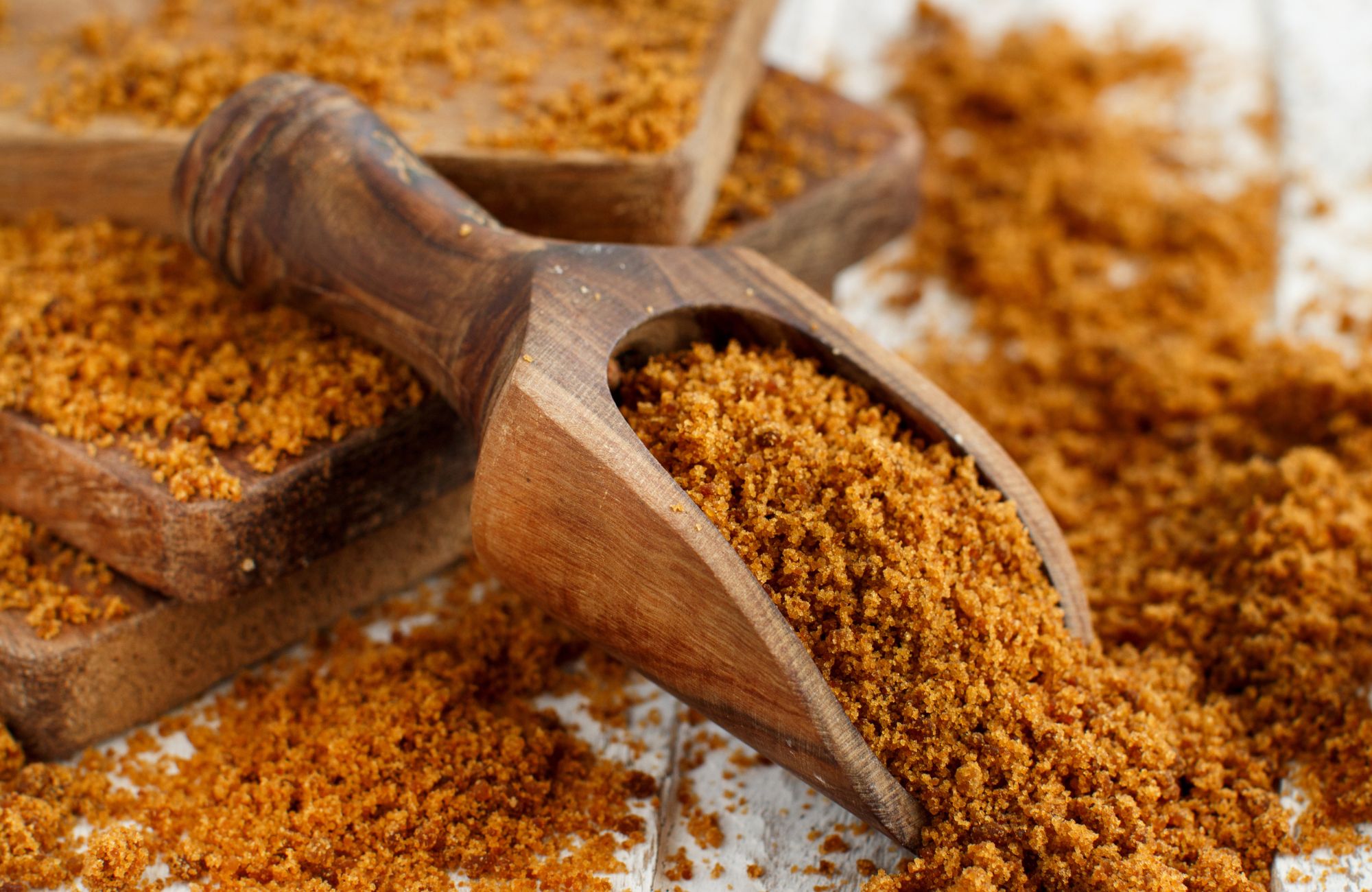
What is Raw Sugar? Everything You Need to Know About This Sweetener
Raw sugar has grown in popularity over the years, being perceived as more “natural” than many of the other types of sugar. But what is it, exactly, and how does it compare to other products such as white, brown, and turbinado sugar? It’s time to delve into the world of raw sugar to uncover its origins, uses, and benefits.
Understanding Raw Sugar: What Sets It Apart?
Raw sugar is a semi-processed saccharine extracted from either sugar cane or sugar beets. Compared with its highly refined varieties, it retains a small amount of its natural molasses, giving it a light golden coloring and a slightly stronger taste. This type of sweetener is less processed than many other alternatives, but more refined than completely unrefined ones.
Key Characteristics:
- Appearance: Large, golden-brown crystals with a slight sheen.
- Flavor: Mildly sweet with subtle molasses undertones.
- Processing: Minimal refining compared to traditional table sugars.
- Components: Contains a small amount of molasses, lending a natural caramel-like taste.
How Is It Made?
The refining process involves several stages, yet stops short of creating fully refined sugar like white table sugar. Here’s how it is typically made:
- Extraction: The juice is extracted from sugar cane or sugar beets and then filtered to remove impurities.
- Boiling: The juice is boiled to evaporate water and form thick syrup.
- Crystallization: As the syrup cools, sugar crystals begin to form.
- Centrifugation: A spinning process separates the crystals from the remaining molasses, leaving behind raw sugar with its signature golden hue.
This process preserves the natural molasses.
Raw Sugar vs. Other Types of Sweeteners
There are many types of sugar, and each has distinct characteristics suited for specific uses. Let’s compare raw sugar to some common varieties:
| Type of Sugar | Color & Texture | Flavor Profile | Uses |
|---|---|---|---|
| White Sugar | Pure white, fine crystals | Neutral sweetness | Baking, beverages |
| Brown Sugar | Soft, dark brown | Rich molasses flavor | Cookies, sauces |
| Raw Sugar | Golden, coarse crystals | Mild with molasses notes | Coffee, baked goods |
| Turbinado Sugar | Light brown, large crystals | Mild caramel flavor | Sprinkling on desserts |
While it has its unique appeal, it’s important to note that it is not significantly “healthier” than white sugar or brown sugar in terms of caloric value. The Food and Drug Administration categorizes it as a form of added sugar, and like other sugar products, it should be consumed in moderation.
The Role of Molasses
The defining feature of raw sugar is its retained natural molasses. This component gives the it its characteristic color, flavor, and slightly moist texture. The amount of molasses in raw sugar is lower than in brown sugar but higher than in refined sugar. This balance makes it an excellent choice for enhancing the flavor of certain recipes without overpowering them.
Organic Raw Sugar: A Growing Trend
For those seeking more natural options, organic raw sugar has become a popular alternative. It’s made from organically grown sugarcane and undergoes minimal processing without synthetic chemicals. While it shares the same nutritional profile as conventional raw sugar, its eco-friendly production appeals to environmentally conscious consumers.
Uses in Everyday Life
Raw sugar is versatile and can be used in various culinary applications. Some popular uses include:
- Baking: Add texture and flavor to cookies, cakes, and muffins.
- Beverages: Sweeten coffee, tea, or cocktails for a subtle molasses undertone.
- Toppings: Sprinkle on baked goods like scones or pies for a decorative, crunchy finish.
- Cooking: Incorporate into sauces or marinades for a hint of sweetness.
Misconceptions
Despite its name, it isn’t completely unprocessed. The term “raw” refers to its minimally refined state compared to other sweeteners. Here’s what it isn’t:
- It isn’t free from added sugars.
- It isn’t nutritionally superior
- It isn’t completely “raw” like unrefined sweeteners such as jaggery.
Understanding these nuances helps consumers make informed choices about their sugar intake.
Conclusion
Raw sugar is a minimally processed sweetener with a rich history and a place in many kitchens worldwide. Its retained natural molasses, coarse texture, and versatile uses make it a popular choice for enhancing both the flavor and appearance of foods. However, like all sugar products, it should be consumed responsibly. Whether you’re sweetening your coffee, baking cookies, or exploring organic alternatives, it offers a flavorful touch that stands out among other sweeteners.
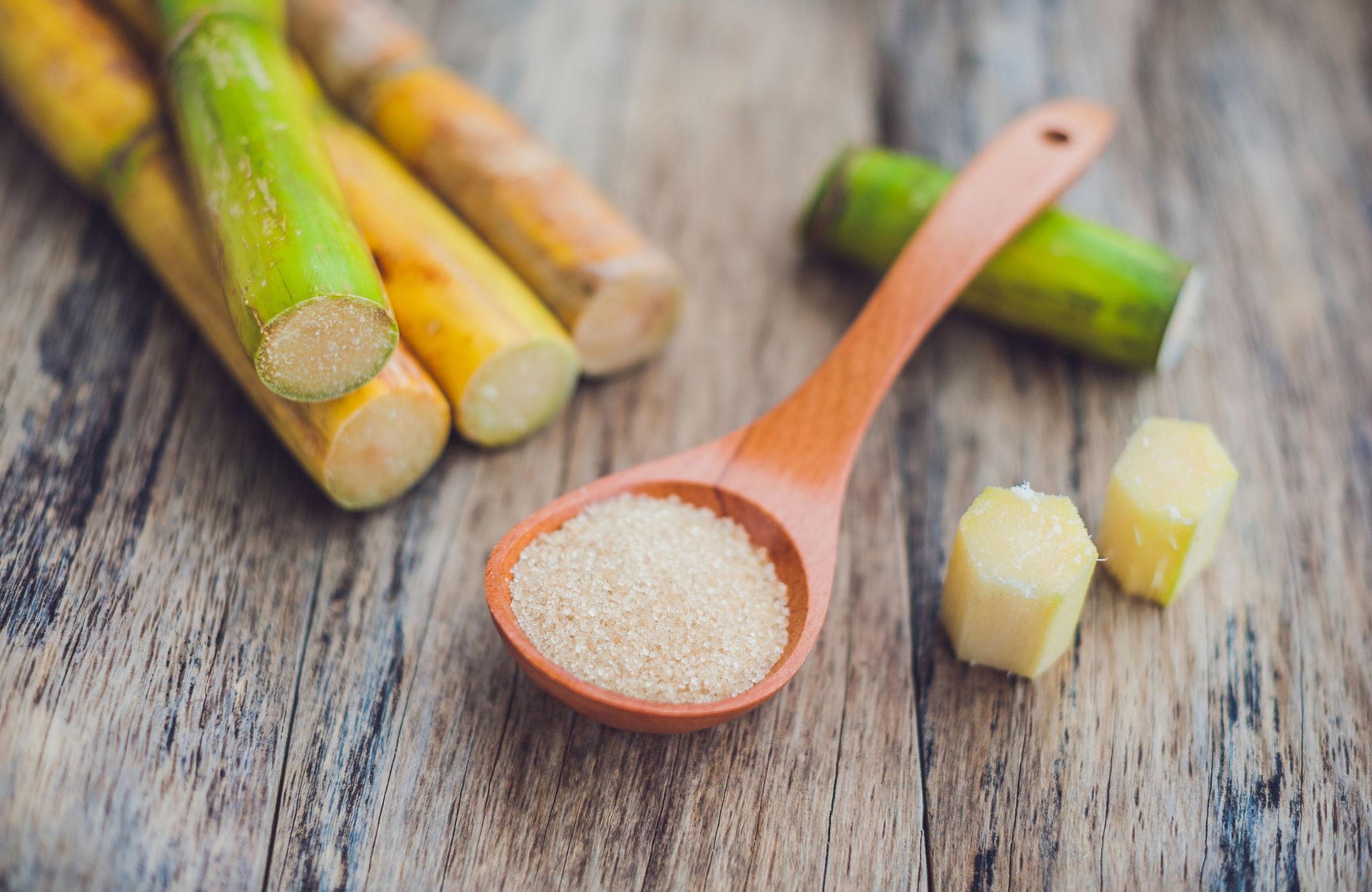
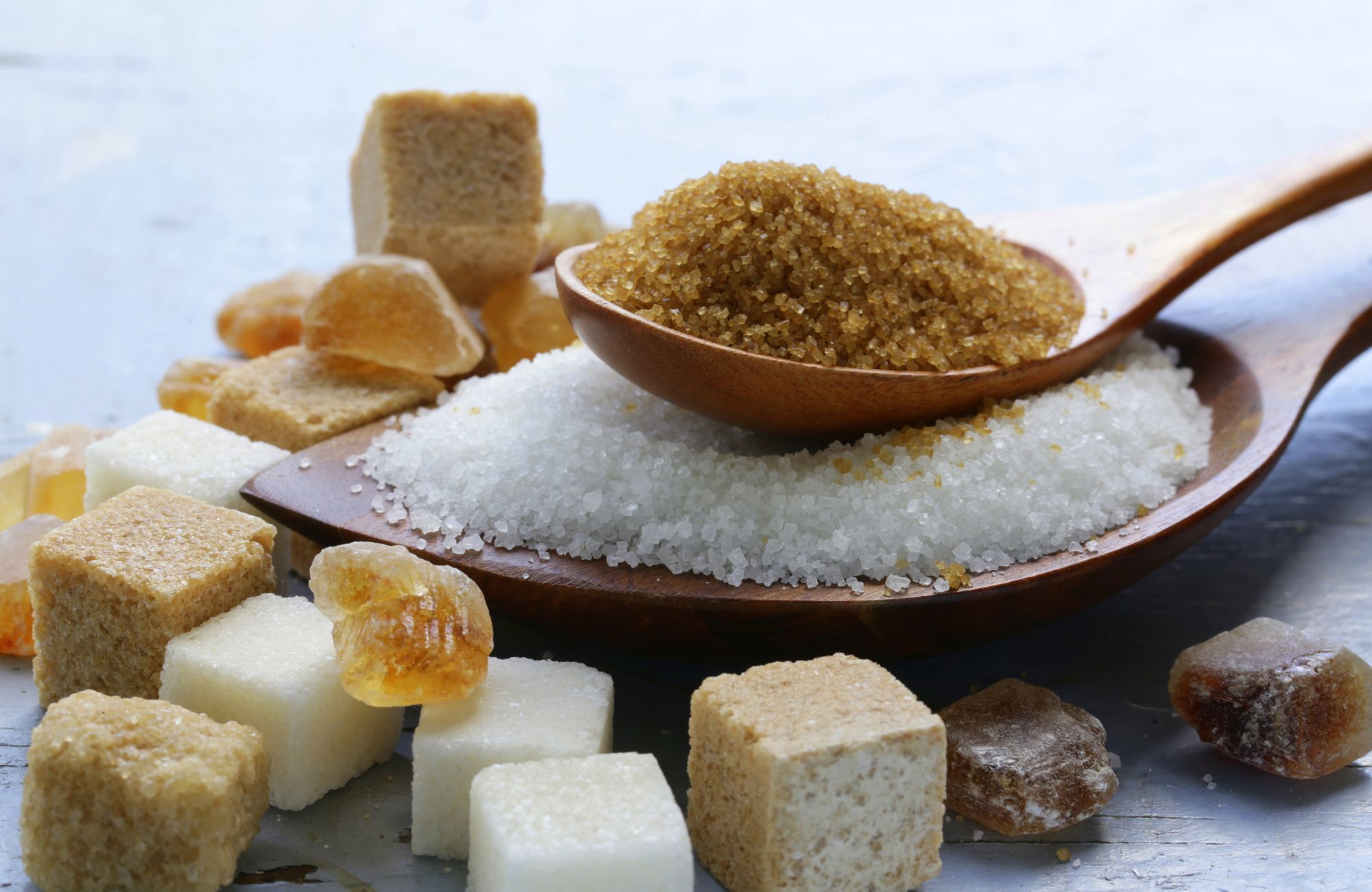
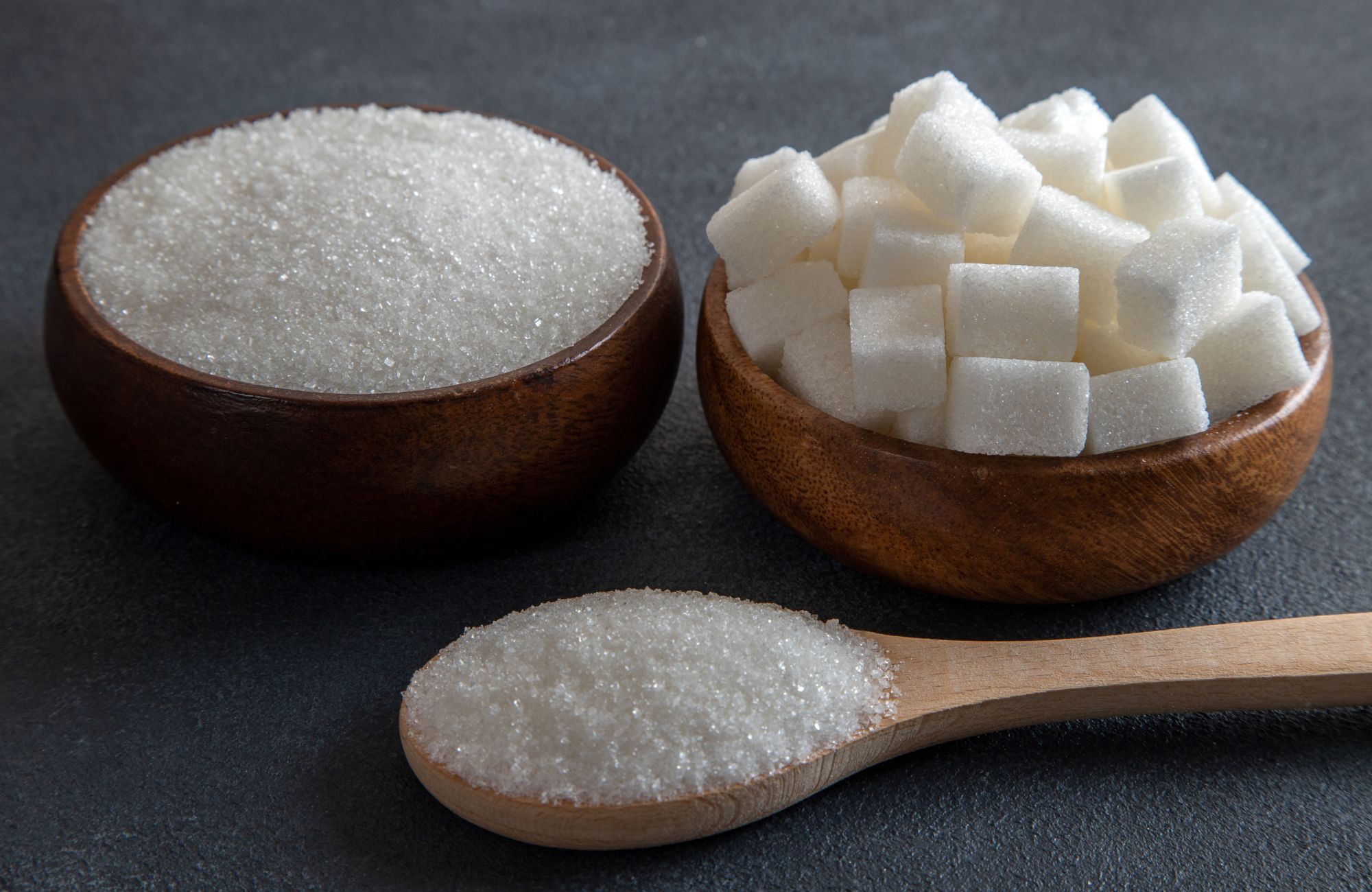
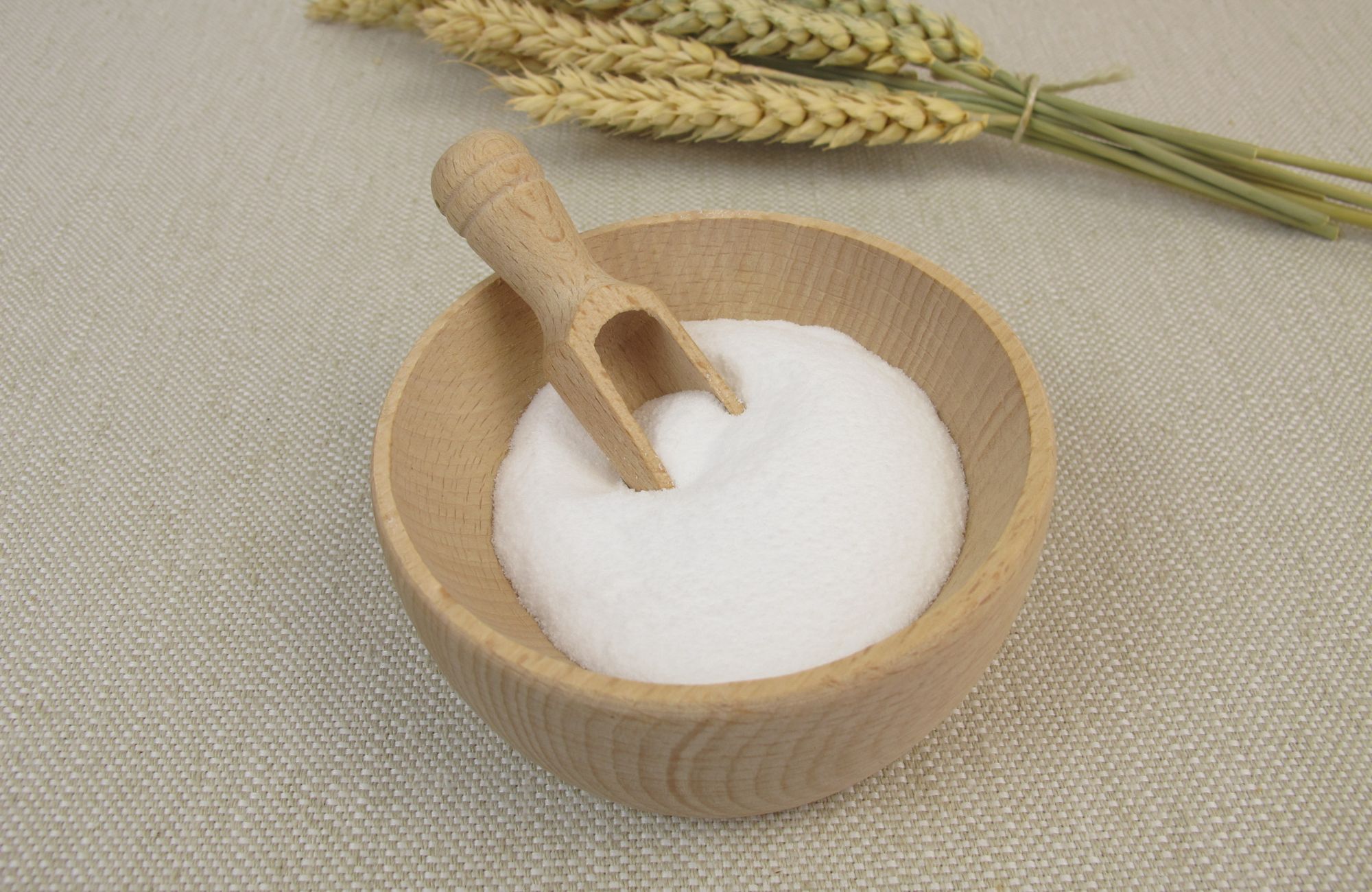

Leave a Reply